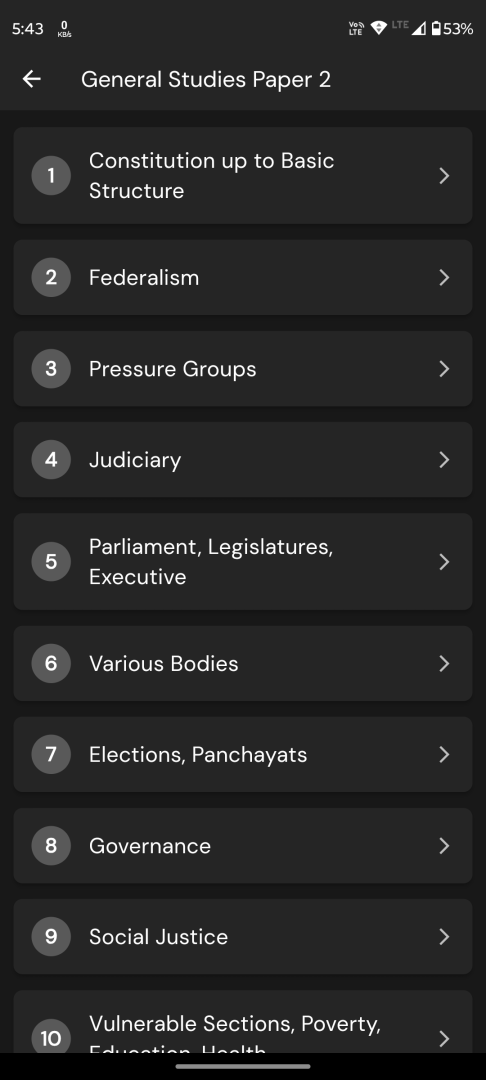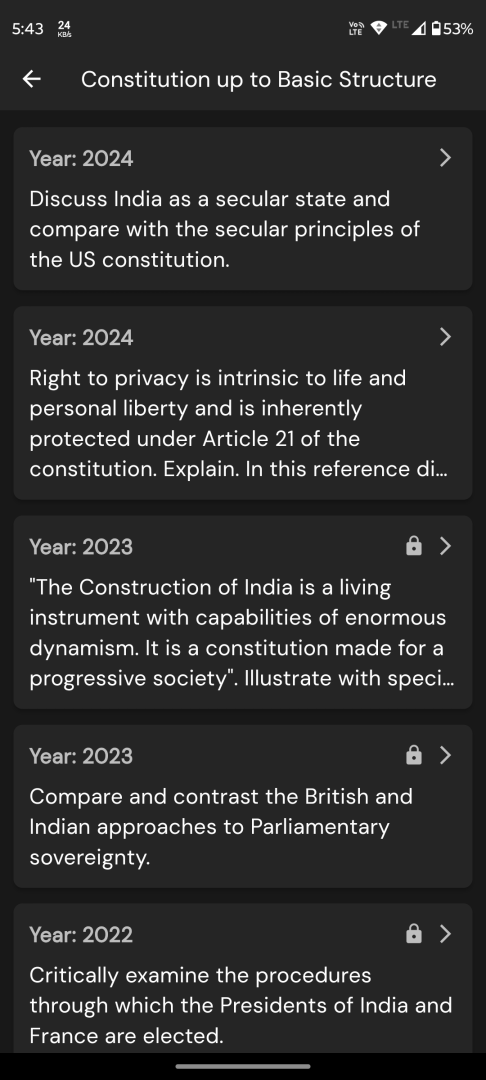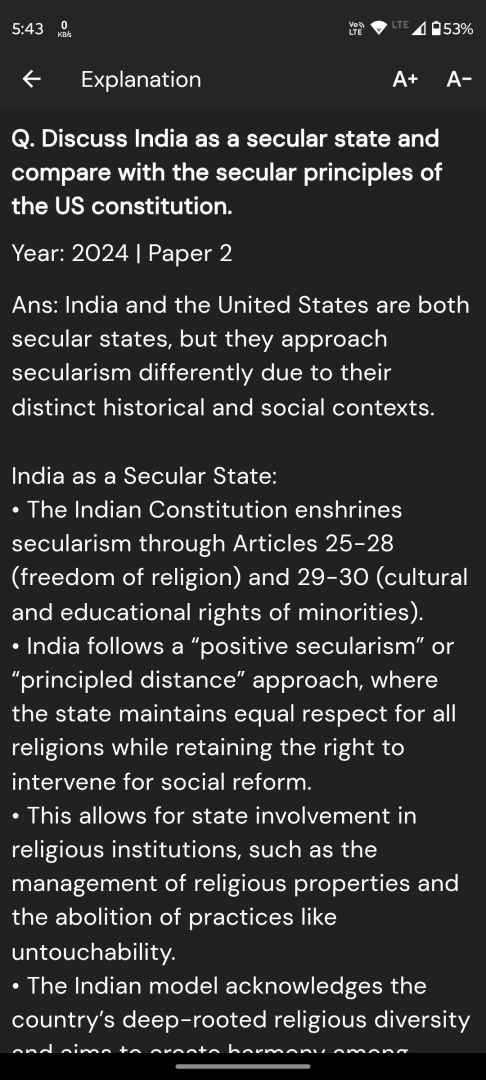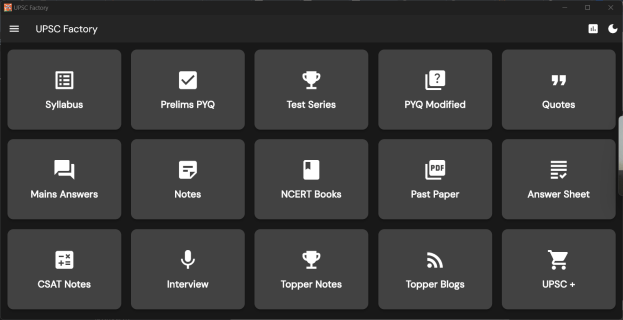Q. Discuss the evolution of collegium system in India. Critically examine the advantages and disadvantages of the system of appointment of the Judges of the Supreme Court of India and that of the USA.
UPSC Mains 2025 GS2 Paper
Model Answer:
Evolution of Collegium System in India
The collegium system in India emerged through judicial interpretation rather than constitutional design. Articles 124 and 217 mandated Presidential appointment of judges after “consultation” with the Chief Justice of India (CJI). The system evolved through landmark judgments:
• First Judges Case (S.P. Gupta, 1981) – interpreted “consultation” as non-binding, granting executive primacy in appointments
• Second Judges Case (1993) – reversed earlier position; held “consultation” meant “concurrence,” birthing collegium system with CJI and two senior-most judges
• Third Judges Case (1998) – expanded collegium to five judges for Supreme Court, three for High Courts
• NJAC attempt (2014) – 99th Amendment sought replacement with National Judicial Appointments Commission
• NJAC struck down (2015) – Supreme Court declared it violated Constitution’s basic structure
Critical Analysis of Indian Collegium System:
Advantages:
• Preserves judicial independence – shields judiciary from political pressure, preventing situations like ADM Jabalpur during Emergency
• Merit-based assessment – judges better understand judicial competence, integrity requirements for effective adjudication
• Maintains separation of powers – prevents executive dominance over judicial branch, protecting constitutional democracy
• Protects from electoral politics – insulates appointments from changing political equations
Disadvantages:
• Opaque functioning – closed-door decisions breed suspicion, allegations of “uncle-judge syndrome” persist
• Absence of accountability – no formal selection criteria, public scrutiny, or grievance redressal mechanism
• Limited representation – women constitute less than 15% of higher judiciary; marginalized communities underrepresented
• Self-perpetuating system – “judges appointing judges” creates insularity
US System Analysis:
Advantages:
• Democratic legitimacy – Senate confirmation ensures people’s voice through elected representatives
• Transparent proceedings – public hearings allow scrutiny (Justice Barrett’s confirmation)
• Comprehensive vetting – FBI background checks, judiciary committee examination
• Checks and balances – inter-branch cooperation required
Disadvantages:
• Extreme politicization – partisan battles overshadow merit (Bork rejection, Garland blockade)
• Ideological considerations – Presidents seek philosophical alignment over pure competence
• Lengthy confirmation battles – political gridlock delays appointments
• Public spectacle – character assassination attempts during hearings
Conclusion: India needs transparent selection criteria with judicial primacy intact, avoiding both opacity and politicization for optimal justice delivery.




